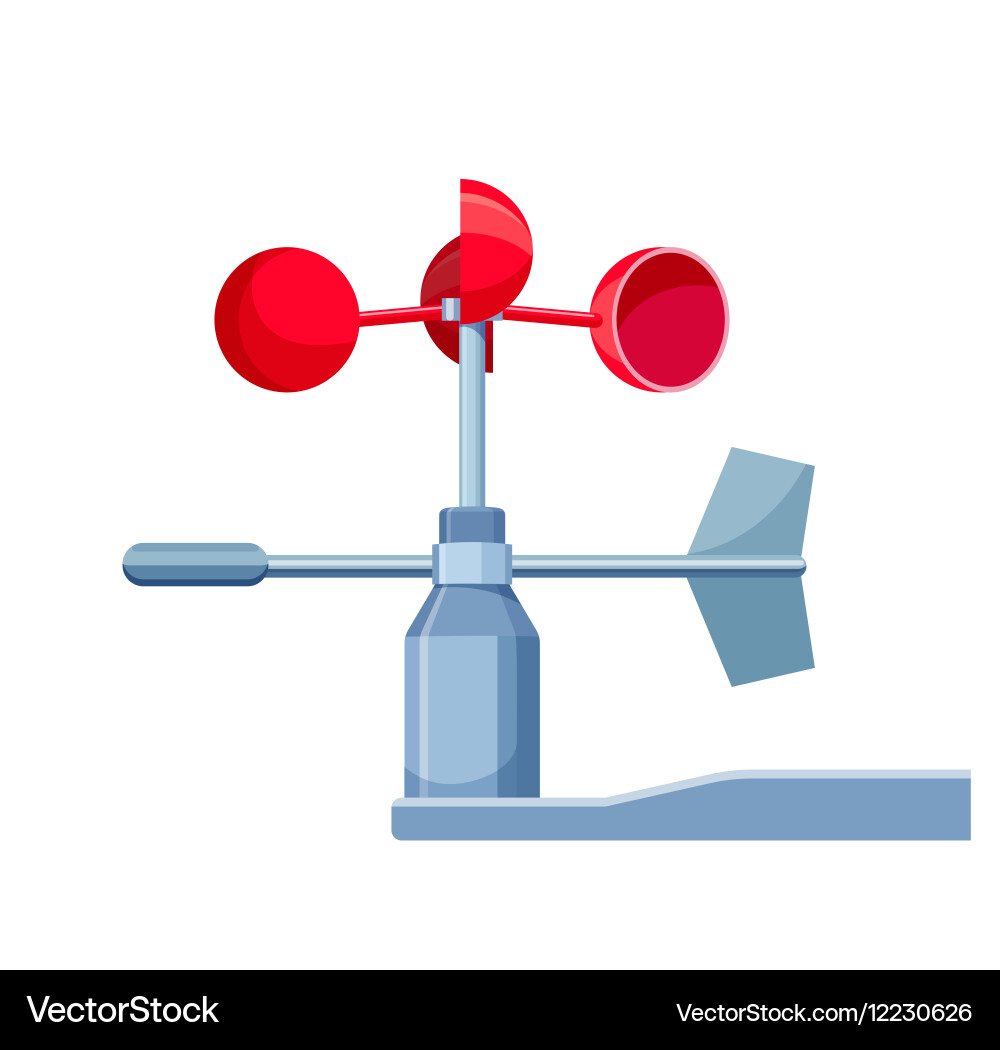Specialist Tips for Calibrating Your Anemometer for Optimal Efficiency
Specialist Tips for Calibrating Your Anemometer for Optimal Efficiency
Blog Article
All You Required to Learn About Anemometers: Exactly How They Work, Why They Matter, and Where to Utilize Them
Anemometers, however usually forgotten in the realm of clinical tools, play a crucial duty in various fields, offering beneficial insights right into wind rate and airflow patterns. Recognizing the auto mechanics behind these devices is essential for any individual looking for to harness the power of this information. From meteorologists tracking weather condition patterns to designers making frameworks with wind tons in mind, the applications of anemometers are varied and far-ranging. As we look into the intricacies of anemometer innovation, we will certainly uncover the inner functions of these devices, their relevance, and the key factors to consider when selecting the best anemometer for certain applications.

Anemometer Basics
An essential tool utilized to measure wind rate and instructions, the anemometer plays a critical role in weather forecasting and numerous sectors. An anemometer normally consists of 3 or four mugs that turn in the wind, a vane that aims into the wind, and sensing units to track the turnings or movements.
There are numerous types of anemometers offered, consisting of cup anemometers, vane anemometers, hot-wire anemometers, and sonic anemometers, each with its unique functions and applications. Mug anemometers are typically used for fundamental wind rate dimensions, while vane anemometers are preferred for directional dimensions.
Principles of Anemometer Procedure
Building on the fundamental understanding of anemometer fundamentals, the principles of anemometer operation clarify the technicians behind wind rate and direction measurements. Cup anemometers, for instance, have 3 or more mugs that capture the wind, creating them to rotate faster as the wind speed rises. Hot-wire anemometers depend on a heated wire that cools down as wind passes over it, with the price of cooling figuring out the wind speed.
Significance of Anemometers
The relevance of anemometers in meteorology and various sectors can not be overstated. Anemometers play a crucial duty in measuring wind rate and direction, giving vital data for weather condition forecasting, environment researches, environmental surveillance, and aviation procedures. Meteorologists count on anemometers to collect precise wind information, assisting them understand climate patterns, predict storms, and concern prompt warnings to the general public. In sectors such as construction, agriculture, renewable resource, and maritime procedures, anemometers are utilized to maximize processes, ensure security, and increase efficiency. As an example, wind ranch drivers use anemometers to examine wind conditions and optimize electrical power manufacturing from wind generators. In the maritime market, anemometers help ship navigating by providing real-time wind info to captains, see this site helping them make notified choices to ensure secure voyages. Generally, anemometers are indispensable devices that contribute substantially to safety and security, efficiency, and informed decision-making in weather forecasting and a variety of industries.
Applications Throughout Numerous Industries
In the sustainable energy field, anemometers play an important duty in analyzing wind problems for wind farm positionings, making certain optimum power manufacturing. Industries like construction and mining utilize anemometers to keep an eye on wind speeds, crucial for safety and security protocols, especially when functioning at elevations or in open-pit mines where strong winds can position threats. In agriculture, anemometers help farmers in handling crop spraying by providing real-time data on wind rate to prevent drift.

Selecting the Right Anemometer for Your Requirements
Picking the appropriate anemometer tailored to your details requirements is crucial for acquiring accurate wind speed and direction measurements. When choosing an anemometer, consider elements such as the desired application, called for measurement range, ecological problems, and wanted attributes. For basic objectives, a mug anemometer appropriates for gauging wind rate, while a vane anemometer provides wind instructions information. Hot-wire anemometers are perfect for low airspeed dimensions, and ultrasonic anemometers offer high precision and sturdiness.

Conclusion
In final thought, anemometers play an important duty in determining wind speed and instructions throughout various markets. It is crucial to consider the relevance of anemometers in order to make enlightened decisions when selecting the most ideal gadget for determining wind problems.
There are numerous types of anemometers readily available, including cup anemometers, vane anemometers, hot-wire anemometers, and sonic anemometers, each with its one-of-a-kind features and applications. Cup anemometers are typically used for basic wind speed measurements, while vane anemometers are favored for directional measurements. Hot-wire anemometers are appropriate for low airspeeds, and sonic anemometers are perfect for high-precision measurements in research and industrial setups.Structure on the fundamental understanding of anemometer essentials, the concepts of anemometer procedure elucidate the mechanics behind wind speed and direction measurements. For basic purposes, a mug anemometer is appropriate for determining wind rate, while a vane anemometer offers wind direction data.
Report this page